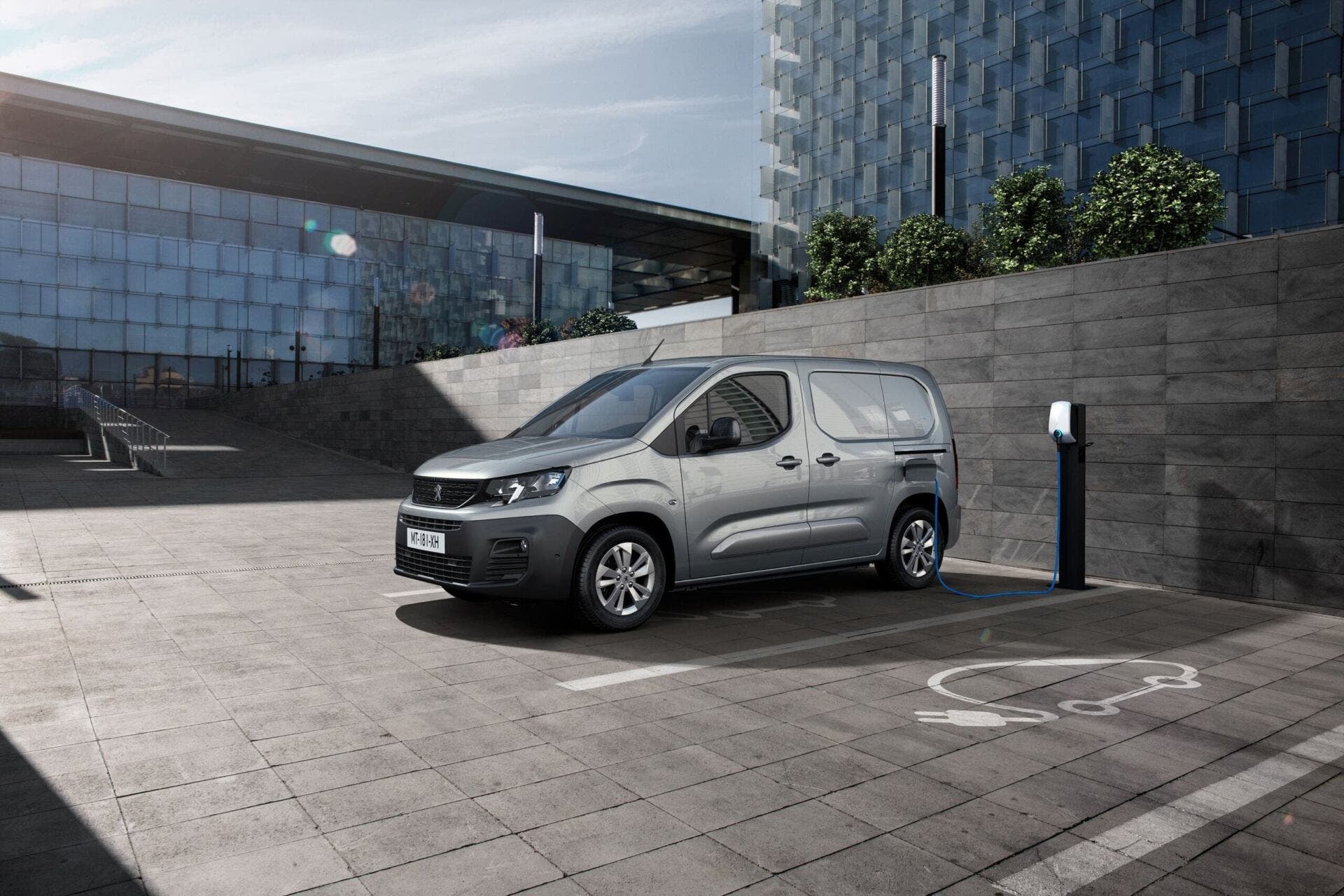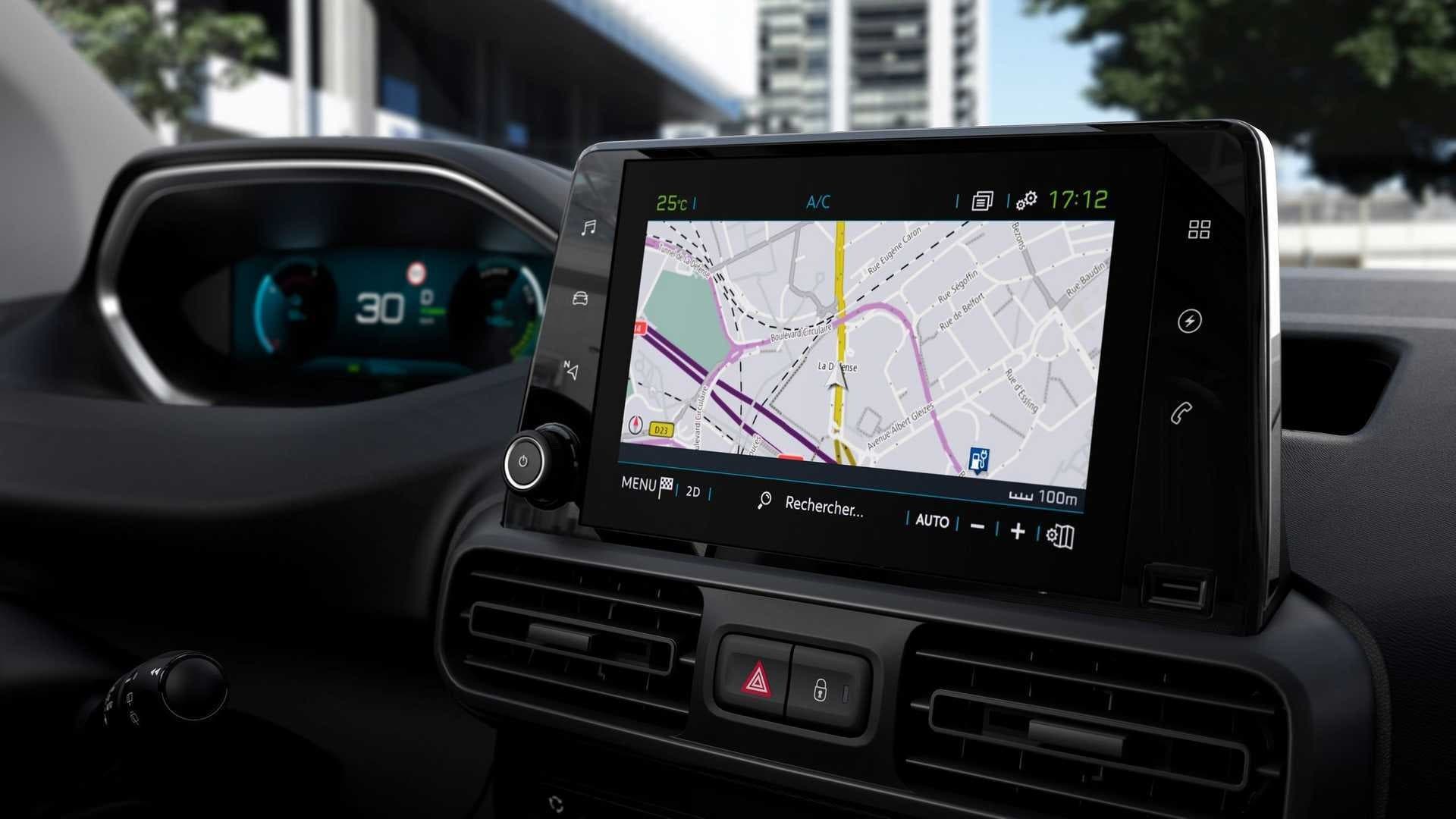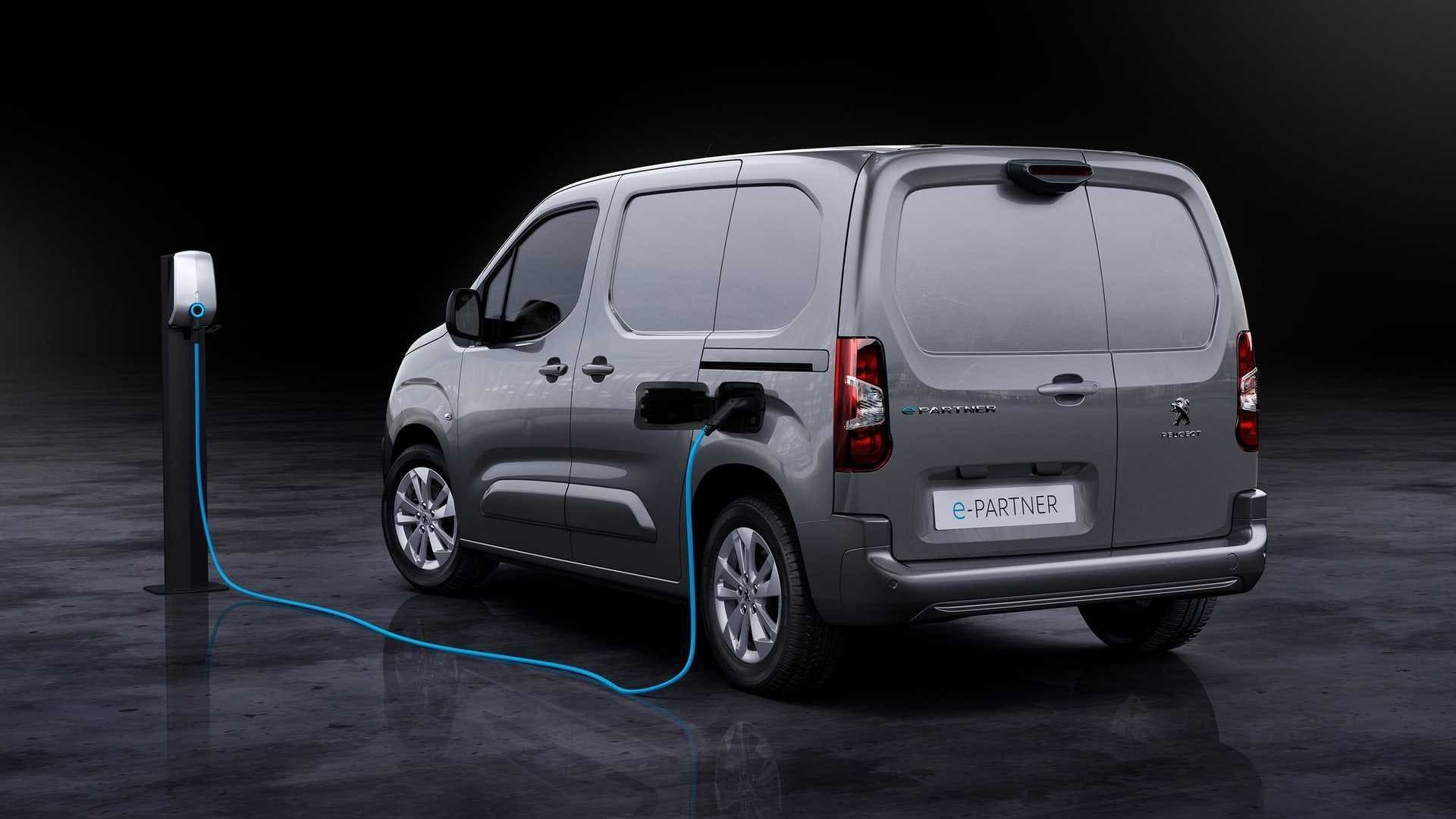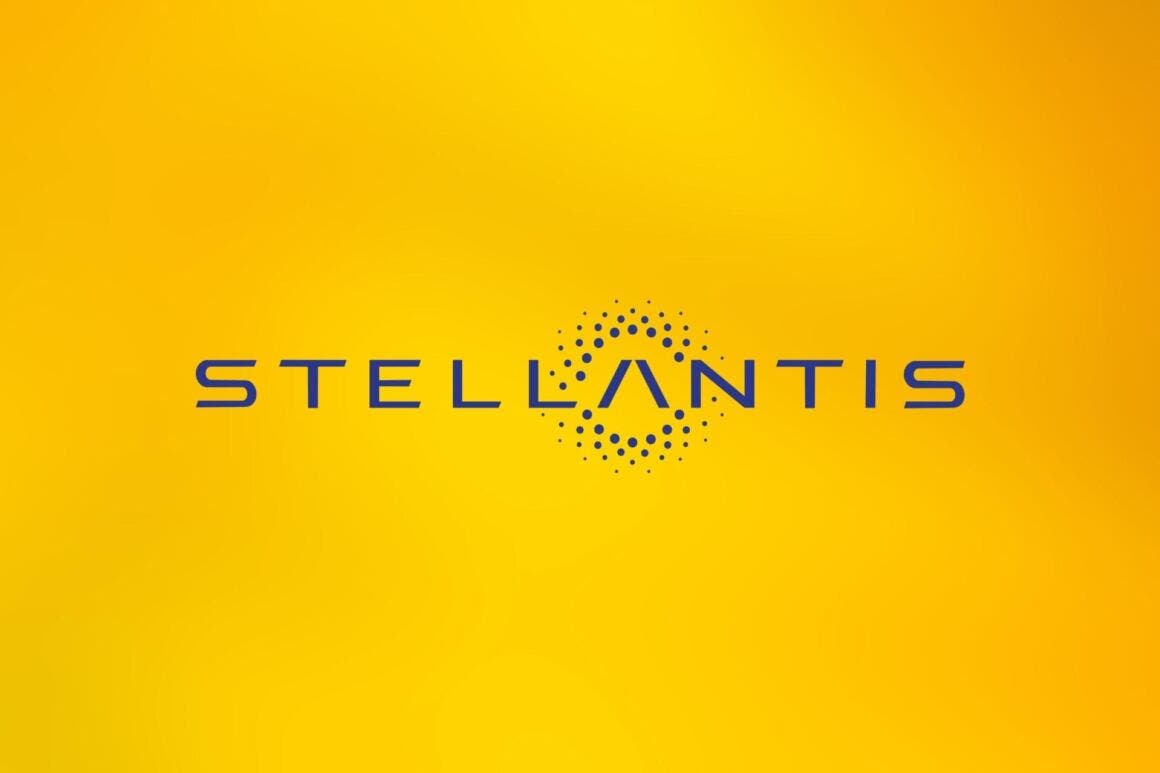Stellantis believes very much in the potential of Brazil’s car market, which is precisely why it is about to make its entry with new electric model for the commercial vehicle sector. It is a van that has already been particularly appreciated in the European market, but also in Brazil it arrives as an excellent solution for all those who are looking for a means of transportation that is efficient, versatile and above all, sustainable. The vehicle in question is the Peugeot e-Partner, equipped with valuable features that make it a very desirable vehicle.
Engine and range of the new Peugeot e-Partner
Stellantis therefore, chose to promote this type of vehicle for the commercial vehicle segment in Brazil, introducing the Peugeot e-Partner as a model with valuable features for its users, such as autonomy and versatility. This innovative van was introduced to the European market at the end of last 2023. The Peugeot e-Partner comes with a 100 kW electric motor, which can deliver up to 136 hp of power to the vehicle and provide excellent performance for the type of vehicle in question. In fact, good numbers are reported for the Peugeot e-Partner, which can accelerate from 0 to 100 km/h in only 11.2 seconds and a top speed that has been self-limited to 130 km/h.

Obviously for electric vehicles one factor that determines a lot the number of sales, is that of autonomy, since charging systems are not yet perfectly articulated within countries. In this case, we are talking about a good range, fully assured and guaranteed by the 50 kWh lithium-ion battery that allows the car to travel up to 330 km in the WLTP cycle. Although the country’s driving conditions, as well as the Inmetro PREV homologation cycle may change this value slightly, the expected remaining range should be around 231 km. A distance that should still be sufficient to be able to meet most consumer and user needs in the professional sphere.
The new Peugeot with a functional and versatile design
The Peugeot e-Partner presents itself to the Brazilian market with a very sober and at times elegant design, a car that is characterized by its continuous and very functional lines. The version that will be destined for Brazil is expected to be the Standard version, which is the vehicle that measures 4.40 meters in overall length, about 1.84 meters wide and 1.79 meters high. The wheelbase, on the other hand, measures 2.78 meters and the length of the compartment in which goods can be loaded is 3.09 meters long. Therefore, the volume provided by these measurements is as much as 4.4 m³ with a rather satisfactory cargo capacity of up to about 500 kg. Technical characteristics that make it a vehicle suitable for a wide number of different uses among them, obviously in the professional field.
Stellantis’ electric van also comes with numerous standard features, such as 16-inch steel wheels, asymmetrical hinged rear doors, the sliding side door is located on the right side of the vehicle. In addition, there are also power-adjustable side mirrors, multifunction steering wheel, height-adjustable driver’s seat, and two USB sockets.

Safety fully comprehensive equipment guaranteed
In terms of safety, too, the new Peugeot e-Partner van will lack nothing, guaranteeing fully comprehensive equipment. Included are driver assistance systems such as lane keeping warning, driver fatigue detection, automatic emergency braking with respective pedestrian and cyclist recognition, and finally, adaptive cruise control.

The Peugeot e-Partner’s arrival in Brazil is certainly a very good continuation for the Stellantis group’s electrification strategy in all its markets. Indeed, this van adds as a very useful vehicle to the growing demand for vehicles of this kind and electric vehicles in general. It is currently scheduled to arrive in Brazil in 2025. Therefore, in a few months we will already be able to see what kind of impacts this vehicle will generate in the Brazilian market and who knows, even in that of all of South America.

